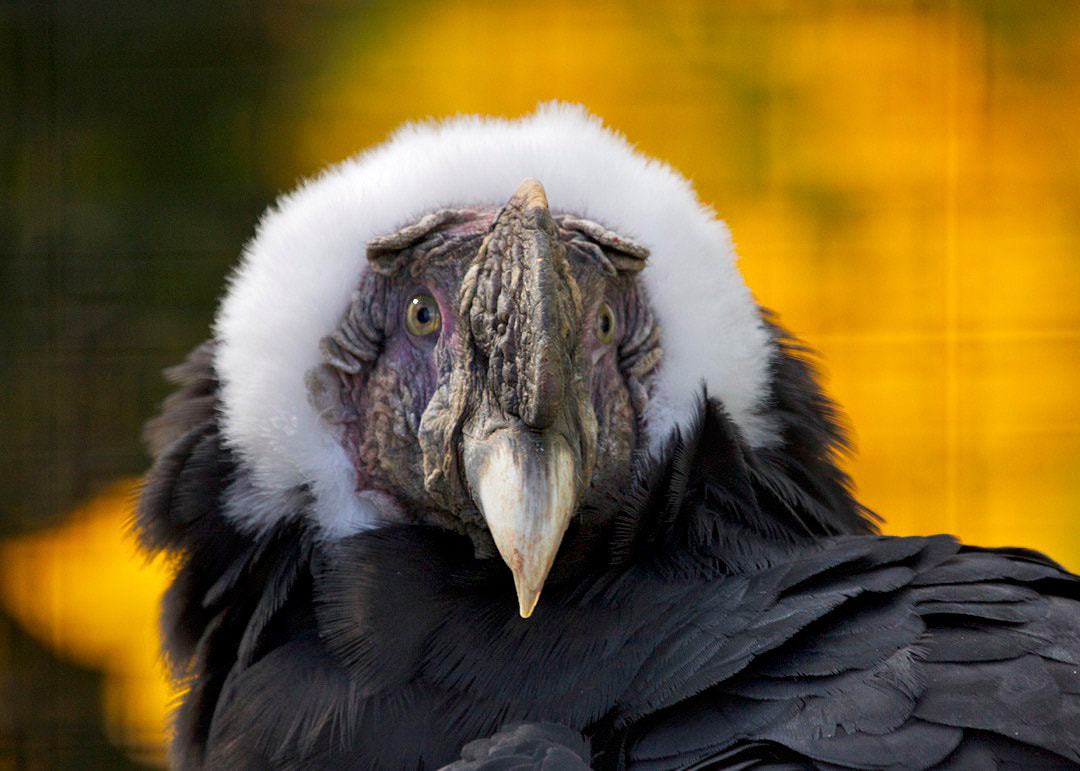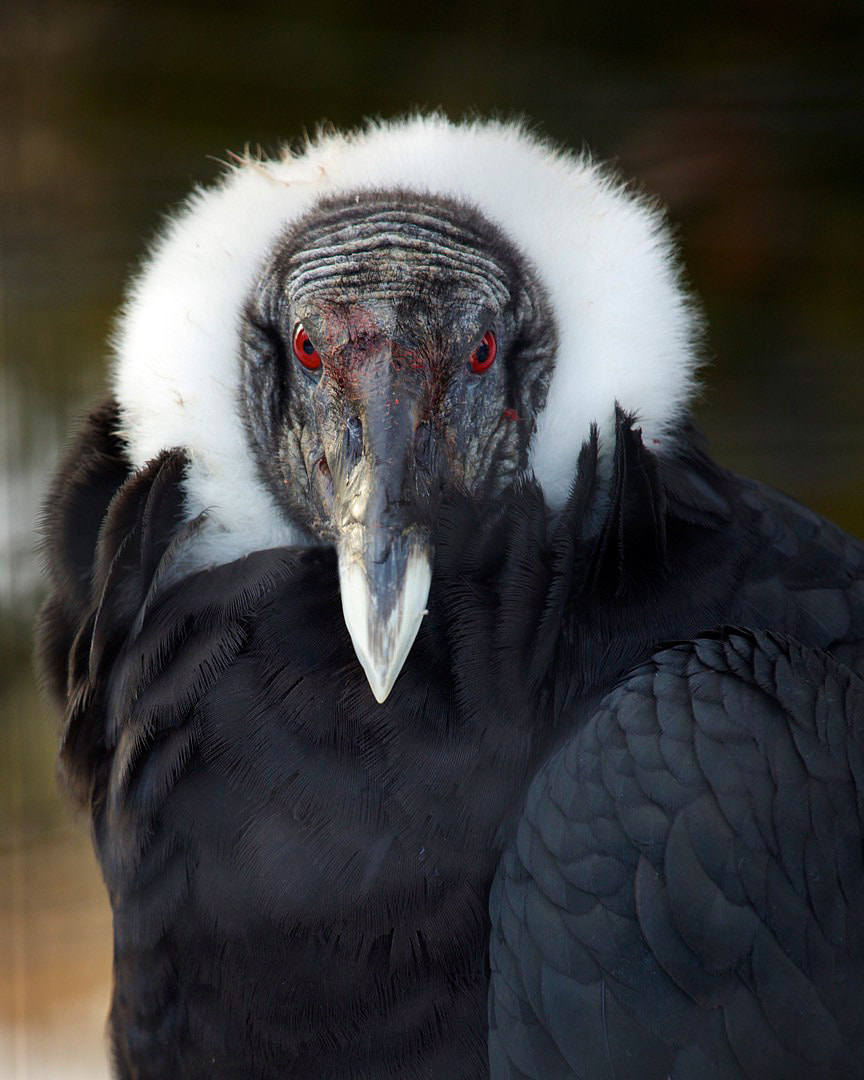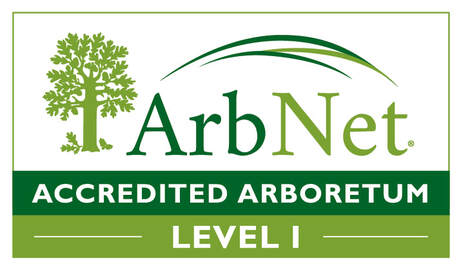Andean Condor (Vultur gryphus)
|
Name: Andean Condor (Vultur gryphus) Physical Description: Andean Condors are among the largest birds in the world capable of flight. They have a 10-foot wingspan and are four feet long. The Andean Condor can weigh up to 30 pounds. Their feathers are mostly black, however males have a white collar around their necks and some white markings on their wings. Males are also larger than females and they have a comb on top of their heads. Males have yellow eyes while the females have red eyes. They both have bald heads like their California Condor relatives. Habitat: They live at high altitudes in mountainous regions where they utilize air currents to stay aloft in flight. Range: The Andean Condor lives on the west coast of South America, in the Andes mountains region. You can find them in countries like Peru, Argentina, Bolivia and more. Diet: They are primarily carrion eaters. They eat the bodies of dead animals, seals, fish or eggs and small birds. They serve as the ecosystem clean-up crew. Though they do not have sharp talons, they will occasionally raid birds’ nests for eggs or hatchlings. References: 1 https://www.iucnredlist.org/species/22697641/181325230 |
Life Span: Andean Condors live up to 50 years in the wild and 70 on average in human care. The oldest Andean Condor in human care, Thaao, lived to just under 80 years of age and lived at Connecticut’s Beardsley Zoo.
Social Structure: A mating pair has only one chick every other year. Both parents provide care for the hatchling for a full year after hatching. At night Andean Condors gather in large numbers to sleep in rocky outcrops and inaccessible cliffs. Status: Vulnerable1 Other: The Andean Condor has the honor of being the national bird of several South American countries including Bolivia, Chile, Colombia, and Ecuador. |








